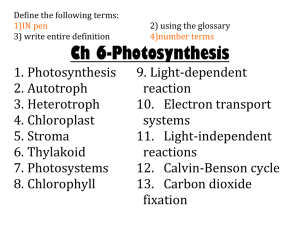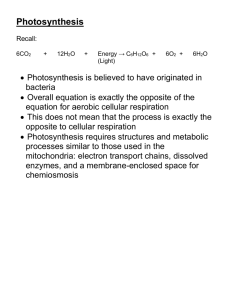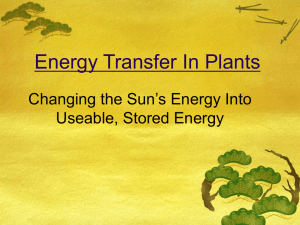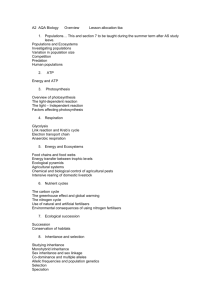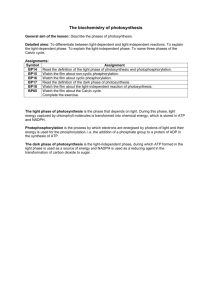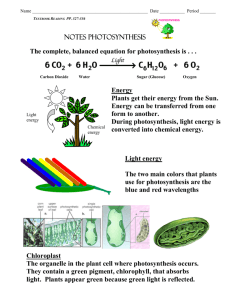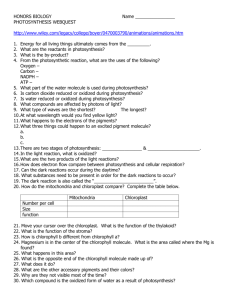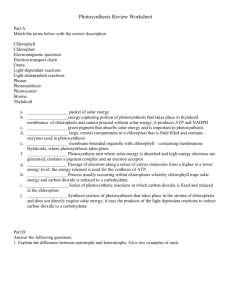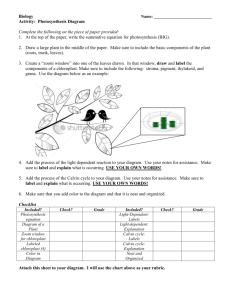Human Population
advertisement
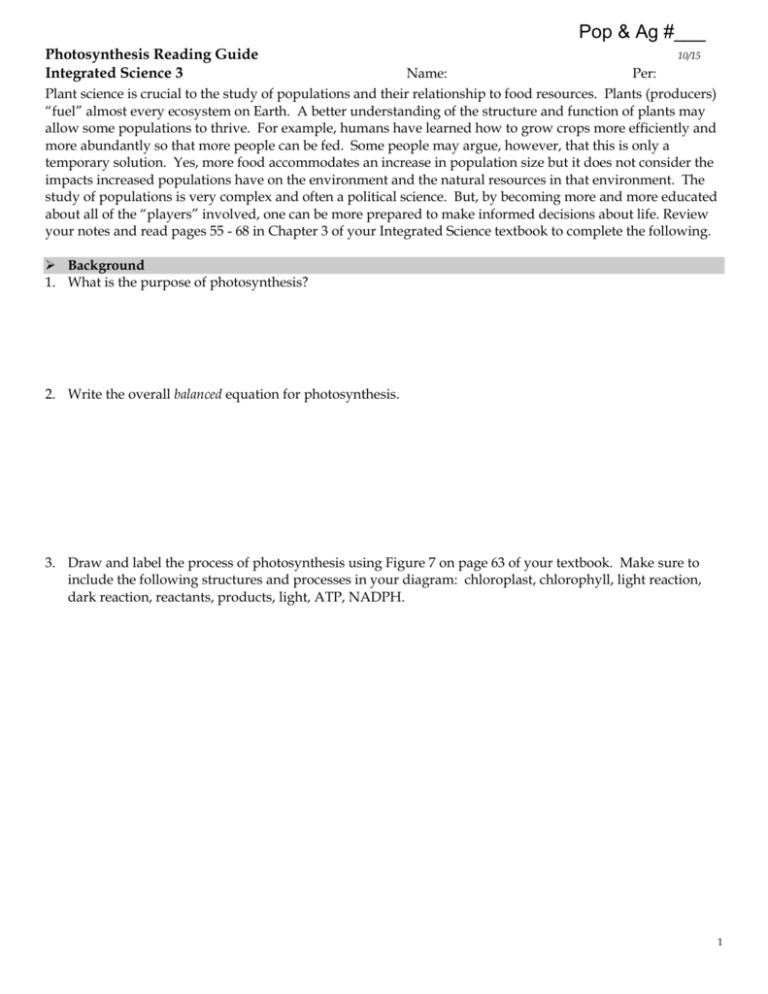
Pop & Ag #___ Photosynthesis Reading Guide Integrated Science 3 10/15 Name: Per: Plant science is crucial to the study of populations and their relationship to food resources. Plants (producers) “fuel” almost every ecosystem on Earth. A better understanding of the structure and function of plants may allow some populations to thrive. For example, humans have learned how to grow crops more efficiently and more abundantly so that more people can be fed. Some people may argue, however, that this is only a temporary solution. Yes, more food accommodates an increase in population size but it does not consider the impacts increased populations have on the environment and the natural resources in that environment. The study of populations is very complex and often a political science. But, by becoming more and more educated about all of the “players” involved, one can be more prepared to make informed decisions about life. Review your notes and read pages 55 - 68 in Chapter 3 of your Integrated Science textbook to complete the following. Background 1. What is the purpose of photosynthesis? 2. Write the overall balanced equation for photosynthesis. 3. Draw and label the process of photosynthesis using Figure 7 on page 63 of your textbook. Make sure to include the following structures and processes in your diagram: chloroplast, chlorophyll, light reaction, dark reaction, reactants, products, light, ATP, NADPH. 1 Analysis Light Reactions 1. List and describe the 5 (A-E on pp. 64-65) basic processes that that occur during the light reactions of photosynthesis. 2. Where in the chloroplast do these reactions occur? 3. What is ATP? Dark Reactions 4. Summarize the 4 steps (A-D on pp. 66-67) that occur during the dark (light-independent) reactions of photosynthesis. 5. Where in the chloroplast do these reactions occur? 6. Why is the term “dark reaction” confusing? 7. Explain the role of CO2, rubisco, ATP and NADPH in the dark reactions. 2


